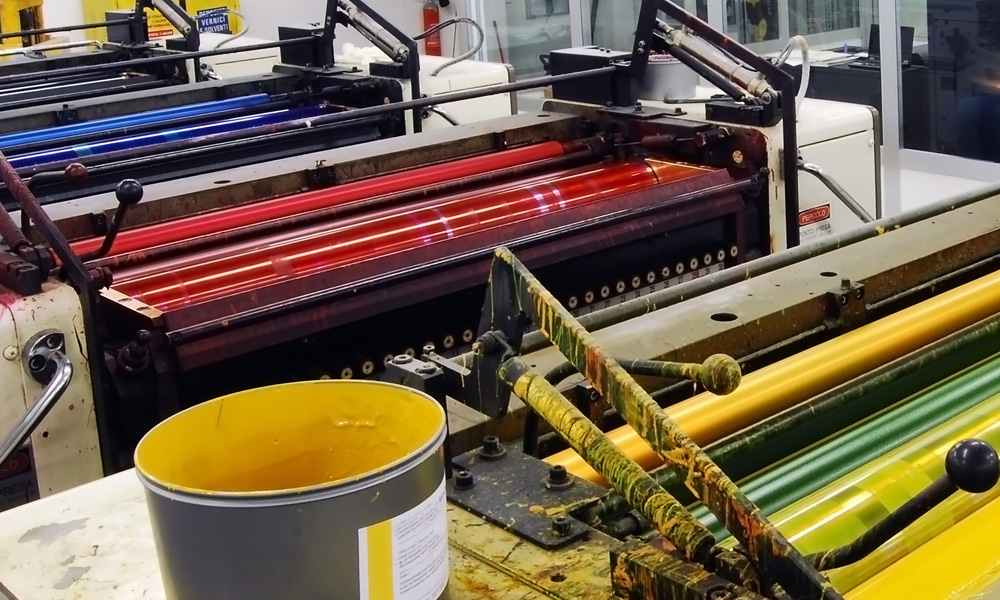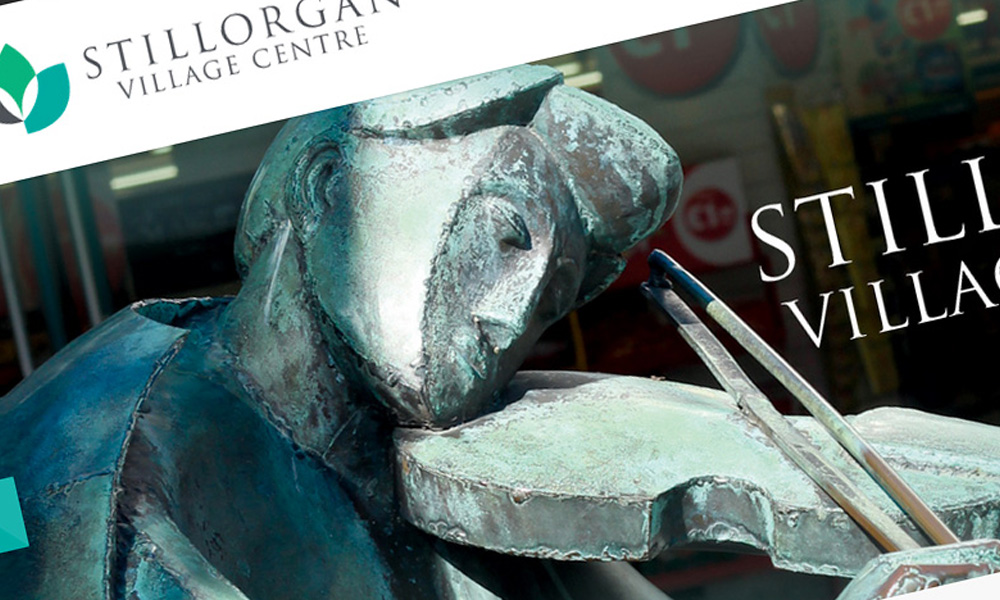A common question asked by many of our clients is: What is the difference between digital printing and offset lithographic printing?
With litho, the printer has to make one metal plate per printed colour (4 colours for full colour process) and the plate and press set up (or make-ready) costs are fixed. The ink transfer between the plate and the substrate (paper) with litho is a chemical transfer, with the oil-based inks adhering to the plate, transferring to a rubber blanket and then passed onto the surface of the substrate.
With digital print, no plates are required and the set up costs are relatively small. Digital presses use toner (either liquid or powder) and the toner transfer to the surface of the paper is created by electro-statically charging the toner particles.
So… what criteria do we use to assign a job for digital or litho printing?
Job quantity.
The difference in the fixed costs between either process means that digital tends to be more cost-effective for running smaller quantities. As the cost per printed sheet is lower in litho than it is in digital, after a certain volume, litho printing becomes more cost-effective.
As a rule of thumb, we think that any quantity equivalent to and less than 500 printed A4’s (ie: 250 A3’s, 1000 A5’s, etc) will be competitively priced if printed digital.
Substrate (Paper).
There are greater restrictions on the weights of paper that can be run through a digital press. The surface of the paper must be receptive to the toners and often textured stocks can also cause technical issues.
Job size.
Litho presses come in a wide range of sizes from A4 up to A0 and even larger. The range of press sizes available with the digital press market is less expansive, usually any job larger than A3 will be assigned to a litho press.
Number of colours.
Digital printing really does only lend itself to printing in black or full colour. If your job has a special colour that does not print out of CMYK (ie: Pantone), then it will need to be printed litho.
It is not possible to print metallic or reflective colours on a digital press.
Quality.
While in general we could say that litho quality is superior, in later years, technological advances in digital presses have brought a much higher quality output. For example, when printing on uncoated papers digital print tends to give a much sharper and brighter printed result over litho.
The fact is that the nature of the artwork will very much determine the quality of the output.
Special Requirements.
Variable data printing and data merges can only be done by digital printing and are usually subject to a separate fee (from the printer) to set up the merge.
For more information contact us.


